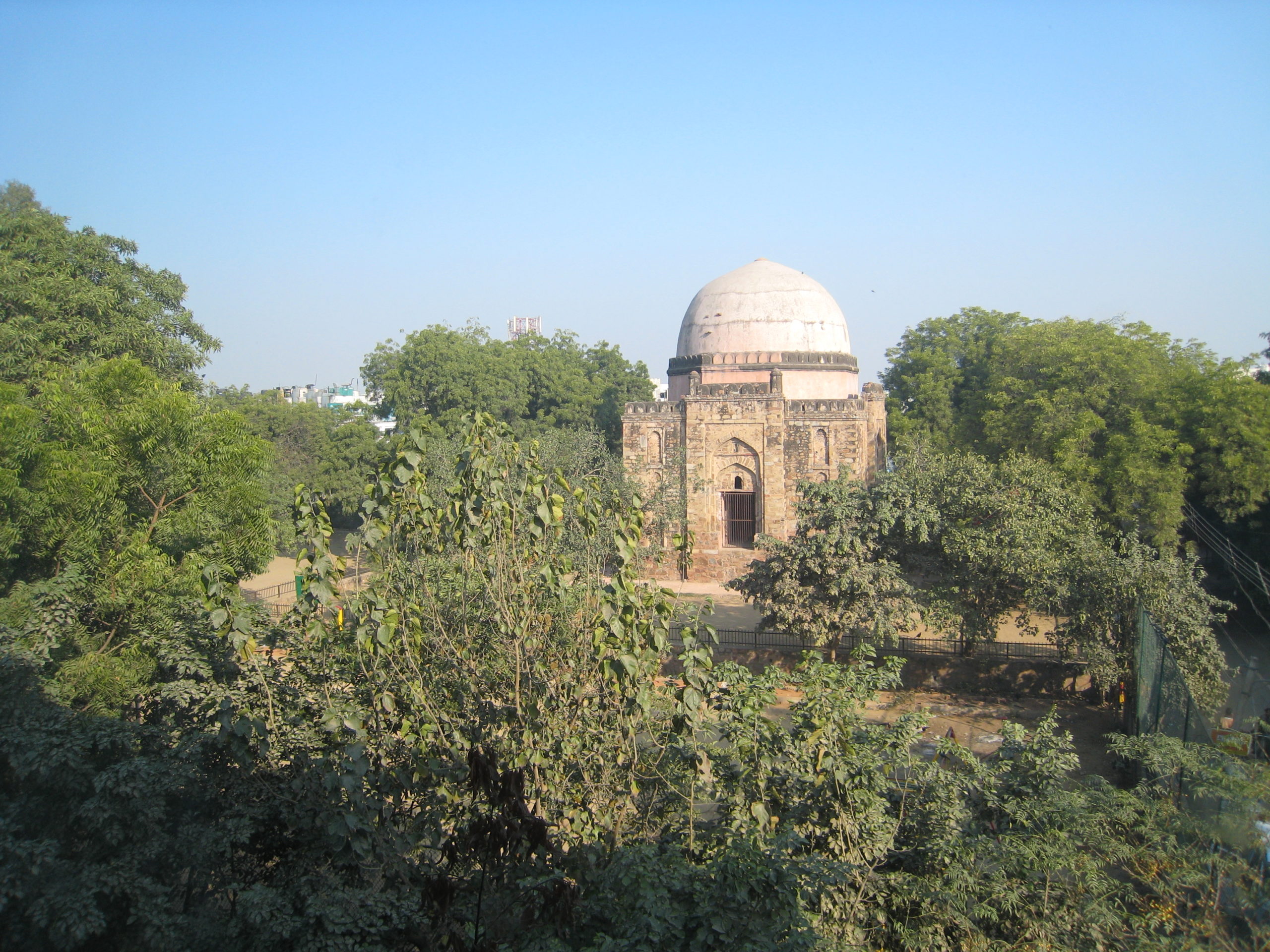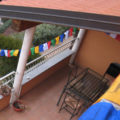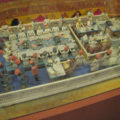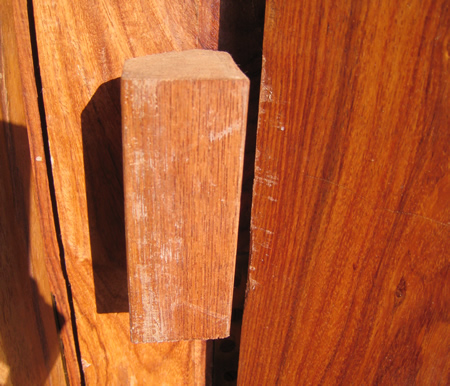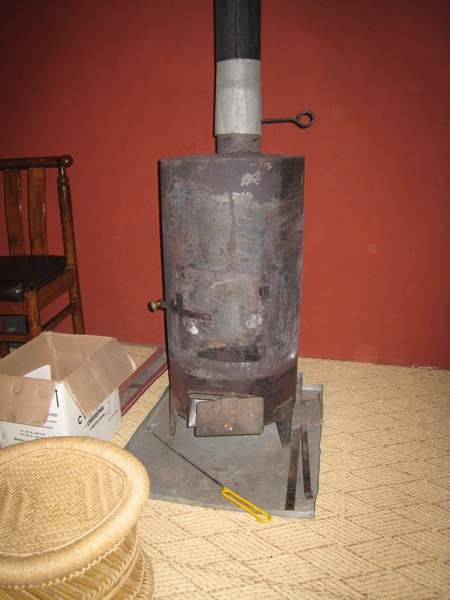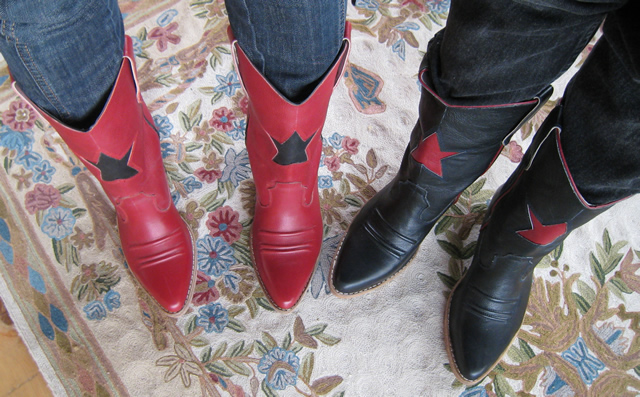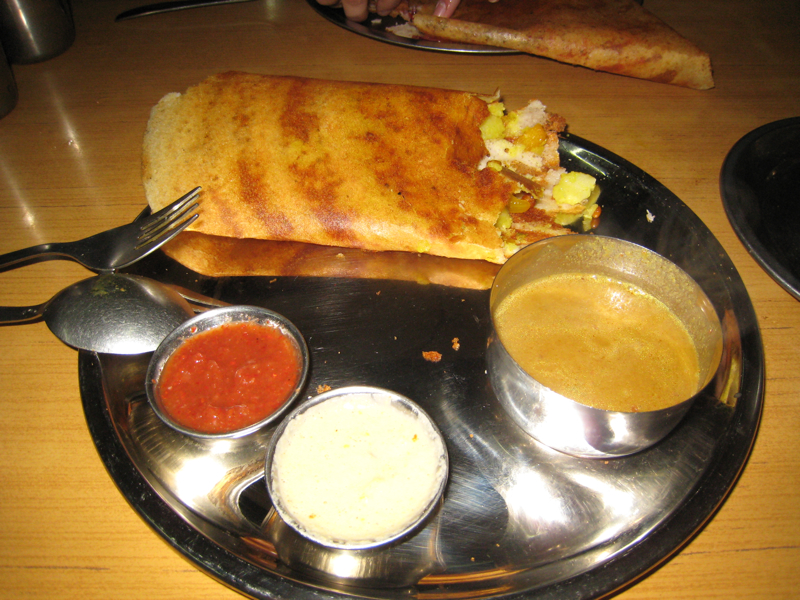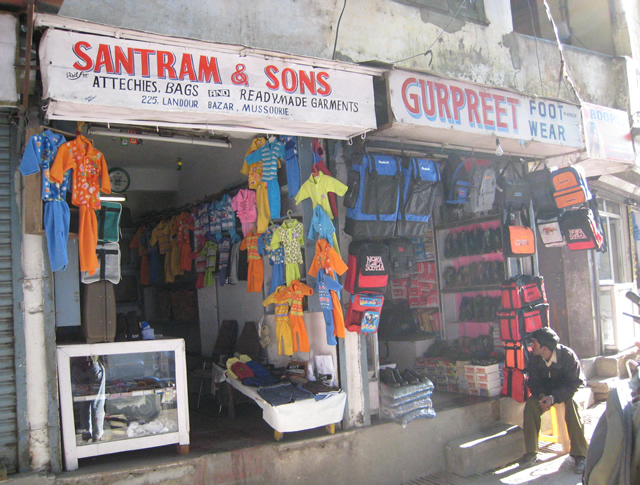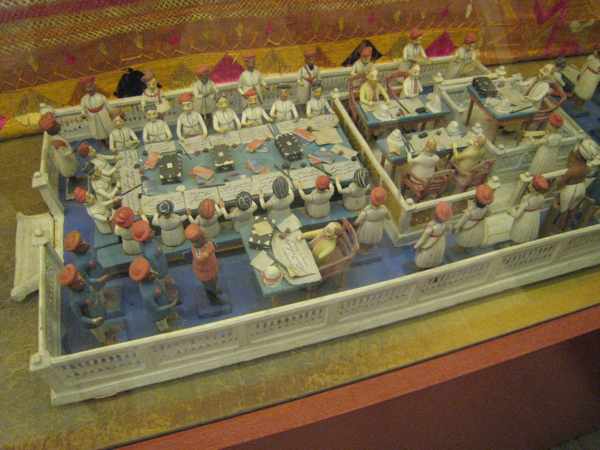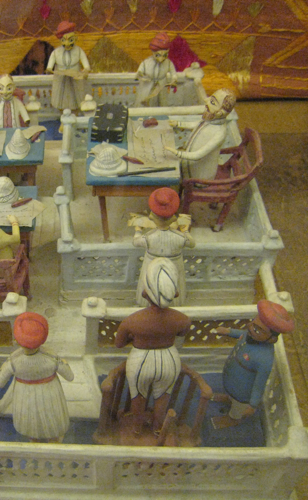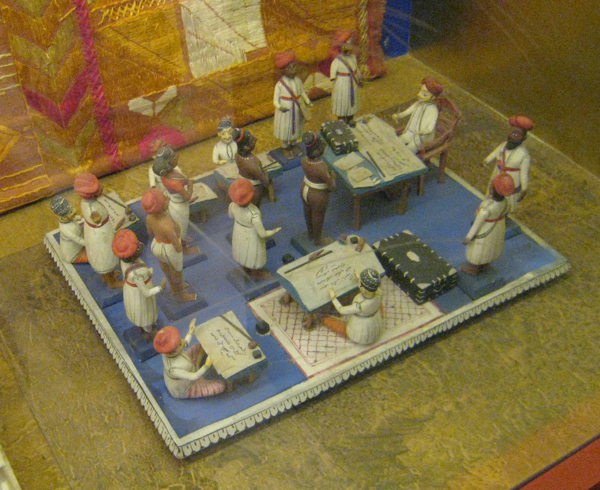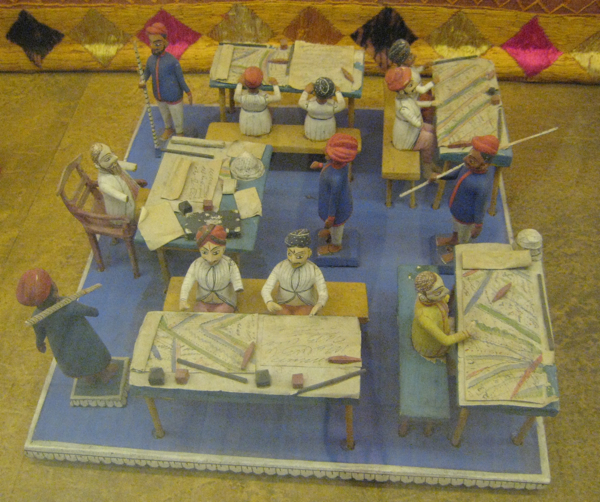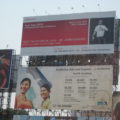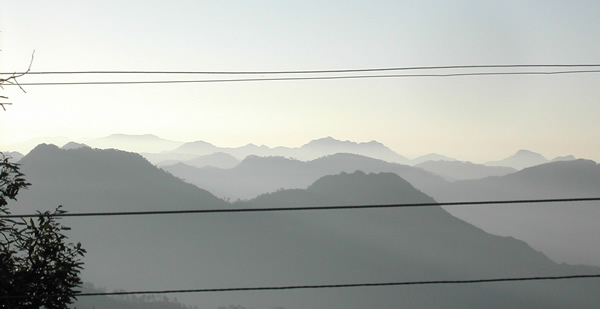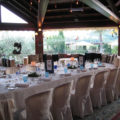I’m sitting on a rattan footstool in order to be close to the modem – the wifi doesn’t seem to be working, but there’s an Ethernet cable, and the ADSL connection is good. Outside the window is a small, presumably ancient tomb, I have no idea whose, another of Delhi’s many semi-abandoned Mughal relics.
But the patch of land it sits on seems to be protected: there are trees enough to attract bright green, long-tailed parrots, and the little chipmunks whose backs are said to be striped because Lord Ram stroked them in thanks for helping build the bridge to Lanka.
We arrived in Delhi late Friday night on the Shatabdi Express from Dehra Dun, along with about 200 Woodstock students “Going Down” to return to their far-flung homes, and 14 staff members who were responsible for getting them onto myriad flights. A Woodstock staffer’s job emphatically does not end with the end of the semester! Some will have been on duty for 24 hours before they saw off the last of their charges yesterday afternoon – even longer if departures were delayed, as they so often are in Delhi’s foggy winter.
Fortunately for us, we only had to go across town to Green Park, where we are staying in a guest house/apartment belonging to a Woodstock alumna. It took us a while to find the place – our hired driver, being from Rajasthan, doesn’t know every corner of Delhi. But, then, I’m not sure anyone does.
The apartment is a third-floor walkup, nicely, if simply, furnished. The location is fairly quiet at night, though I suspect that we are due for some disturbance as the neighbors have had a huge awning put up for some sort of celebration. This morning I was awakened around 7:30 by steady drumming. Seems an odd time for a wedding rite (and also the wrong time of year for weddings), so I wonder what this is about.
As the city wakes up, more sounds impinge. A man on a bicycle pedals through the neighborhood crying: Kabadi kabadi kabadi (“second-hand goods” – he’s looking to buy them, including scrap clothing and paper). Another shouts Koel – I don’t know what that means. Cars make strange chirps and whistles to alert us that they are backing up. But mostly right now I hear parrots, mynahs, and pigeons against a muted rumble of traffic (relatively less – today is Sunday).
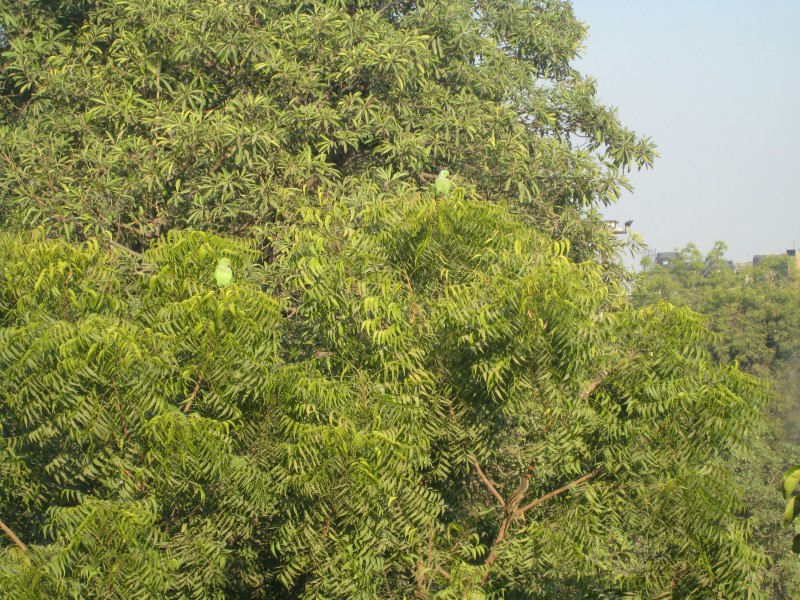
Delhi wildlife: can you spot two green parrots and a stripey squirrel?
I’m breakfasting on fresh papaya, bought from a well-stocked fruit stall around the corner, and Nescafé. Yes, this latter is a terrible comedown for a long-term resident of Italy, but India’s coffee culture is still developing. When I go out I’ll find a Barista or Café Coffee Day and have a decent espresso – Barista was recently bought by Italy’s coffee giant, Lavazza, a brand we drink at home.
I would be happy to sit around and work and listen to the morning symphony, but I’m cramped and chilly. Delhi is much colder than I expected at this time of year, but everything here is built for the fiercely hot weather of summer. Rooms which are doubtless delightfully cool and airy then are shivering cold now, with no possibility of heating. The shops, on the other hand, tend to be too warm without their habitual air conditioning. I’m going shopping!

